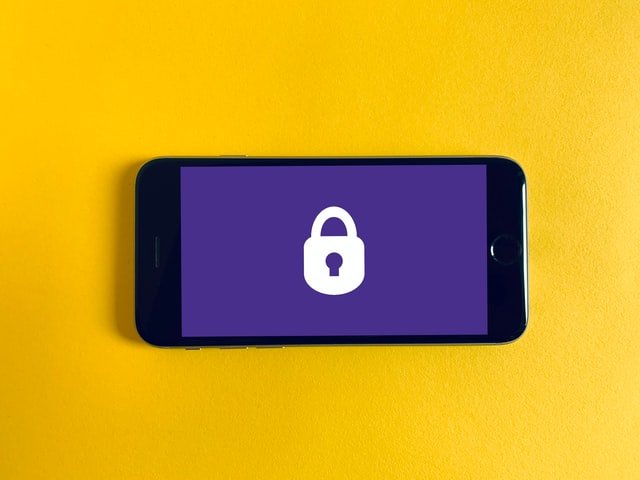Android and smartphones within reach of cybercriminals

Android and smartphones within reach of cybercriminals
Recently, the number of malware detected for Android devices increased again, by almost a third, experts from Z ESET. What are the signs that might indicate that the device running this mobile operating system is infected?
Currently, almost 81% of the world’s population uses smartphones in which a huge amount of data is stored, which can be a very valuable asset for cybercriminals.
How can criminals hack the phone? Regardless of whether the device is infected with malicious emails, websites or fake mobile apps – by pretending to be websites of famous brands or organizations, the first goal of the attack is to install malware or trick the victim into inadvertently handing over sensitive data to cybercriminals. Keyloggers or ransomware, often in the form of, for example, a tool for monitoring physical activity or a cryptocurrency app, and more recently Pegasus spyware – such programs can be installed without the knowledge of smartphone users.
Check also:
The wealth of data stored in phones attracts cybercriminals. The smartphone, as a lock tool for accessing many of our secrets, is a great target for them, and the user does not always realize that their phone has been attacked and taken over by other people” – says Kamil Sadekowski, Senior Specialist in Cyber Security at ESET.
As the expert points out, there are some fairly distinct signs that a smartphone may have been hacked.
1. The most common symptoms of a device security breach are faster than usual battery drain or increased data usage, and have nothing to do with increased app usage and web browsing.
2. Events such as automatic activation of GPS or Internet functionality (Wi-Fi or mobile data) are also symptoms
3. Unknown calls or texts appear, which may be a symptom of malware trying to make calls or trying to send SMS to premium international numbers.
An indication that could also indicate the presence of a threat is a situation in which applications that were previously working properly start to exhibit strange behavior. Sudden startup, shutdown, complete crashes and unexpected errors display should cause users to pause. If your Android phone has been attacked by ransomware, it will be locked as a result.
When using the phone, it is worth following the basic safety rules:
* Regularly update to the latest versions of both the operating system and the applications used
* Create a backup of your data and store it securely (on an external medium)
* When downloading the app, use only the official store, and always check the reviews of both the app and the developer
* Use installed software to protect mobile devices
* Be vigilant when handling your smartphone and remember the usual methods used by cybercriminals.
We can return the infected phone to full working condition by ourselves. The two most popular ways to remove most types of malware are automatic scanning and manual scanning.
A specialized program will automatically scan the phone, which will search the device for threats and remove them by itself. Manual removal is usually more complicated because malware often has encrypted security mechanisms that make it difficult or impossible for users to uninstall.
“An example of how malware writers have attempted to make life difficult for smartphone users is the use of a backdoor in Android 9, which allowed malware to impersonate other apps or disguise itself with a blank, nameless code. However, in later versions of Android, starting with Version 10 and later, the vulnerability has been closed, increasing the security level for users of the world’s most popular mobile operating system,” ESET’s Kamil Sadkowski comments.



